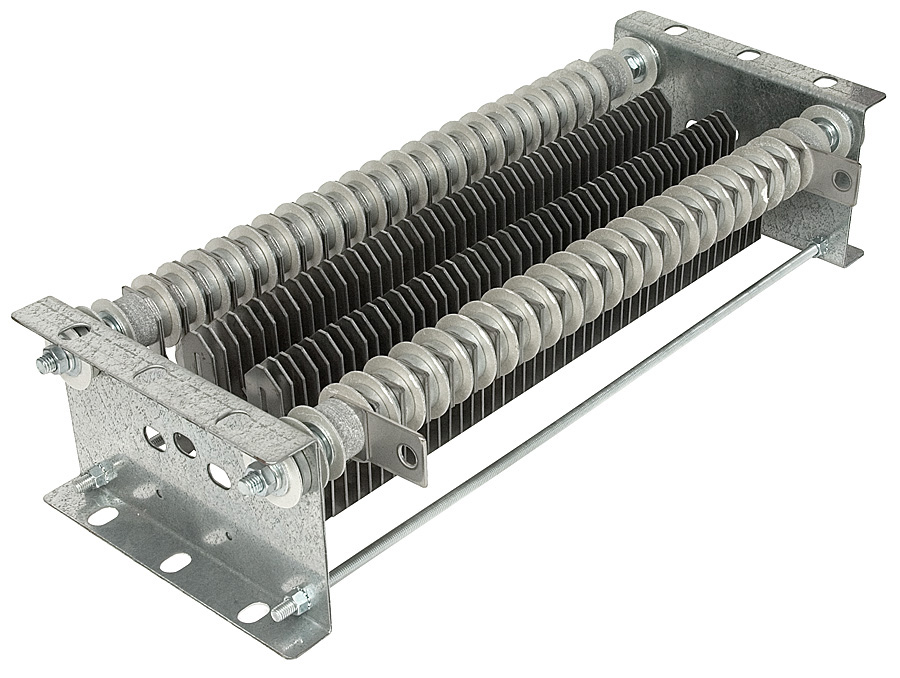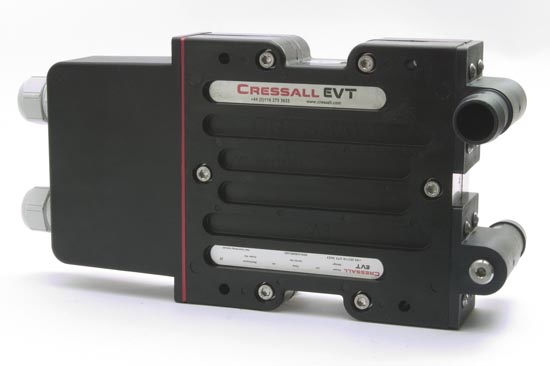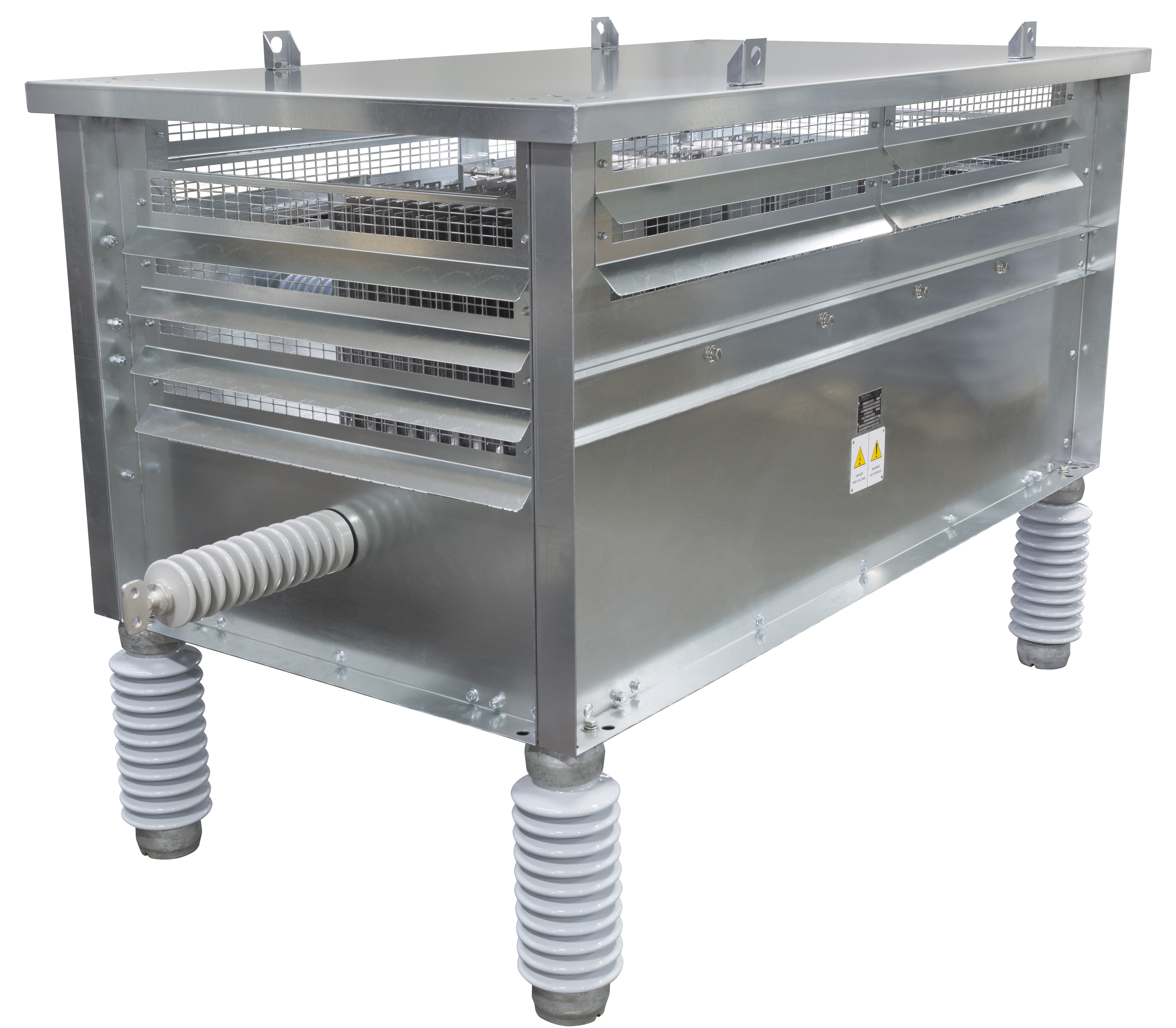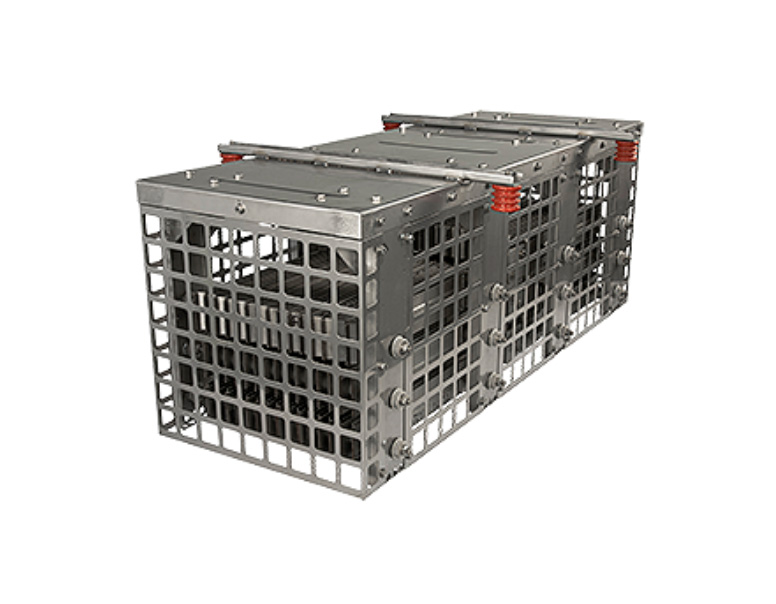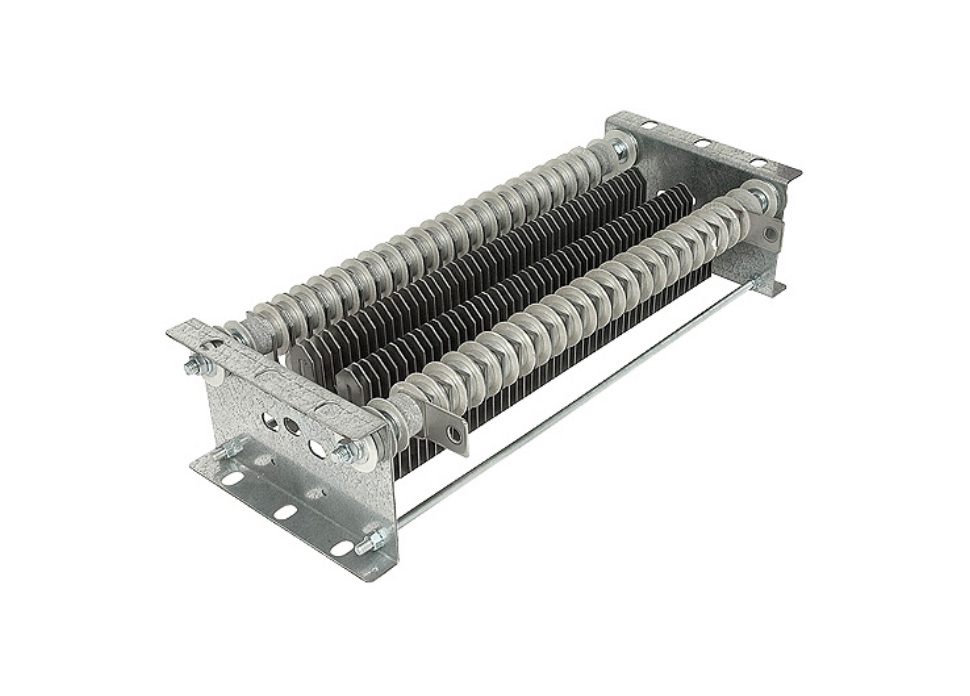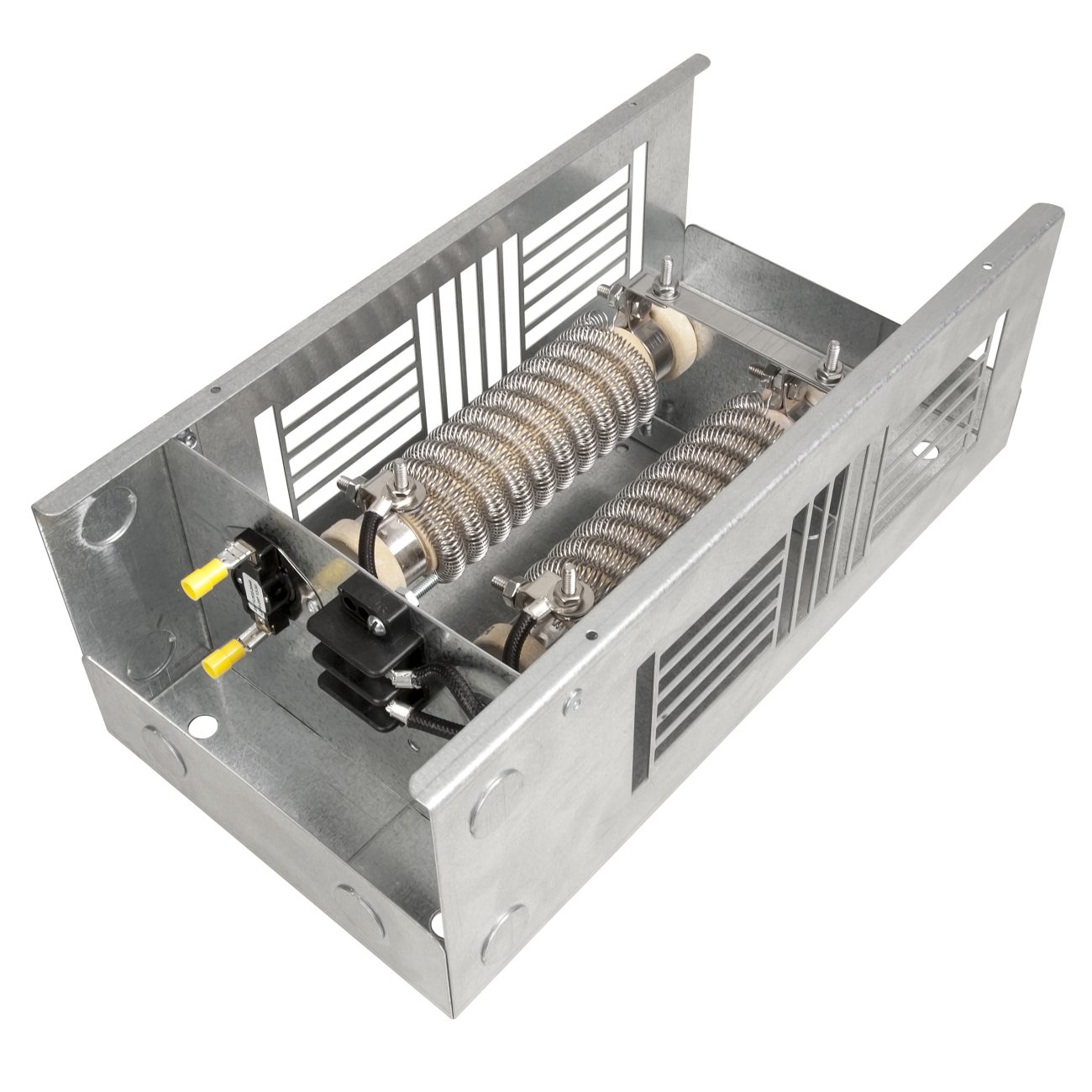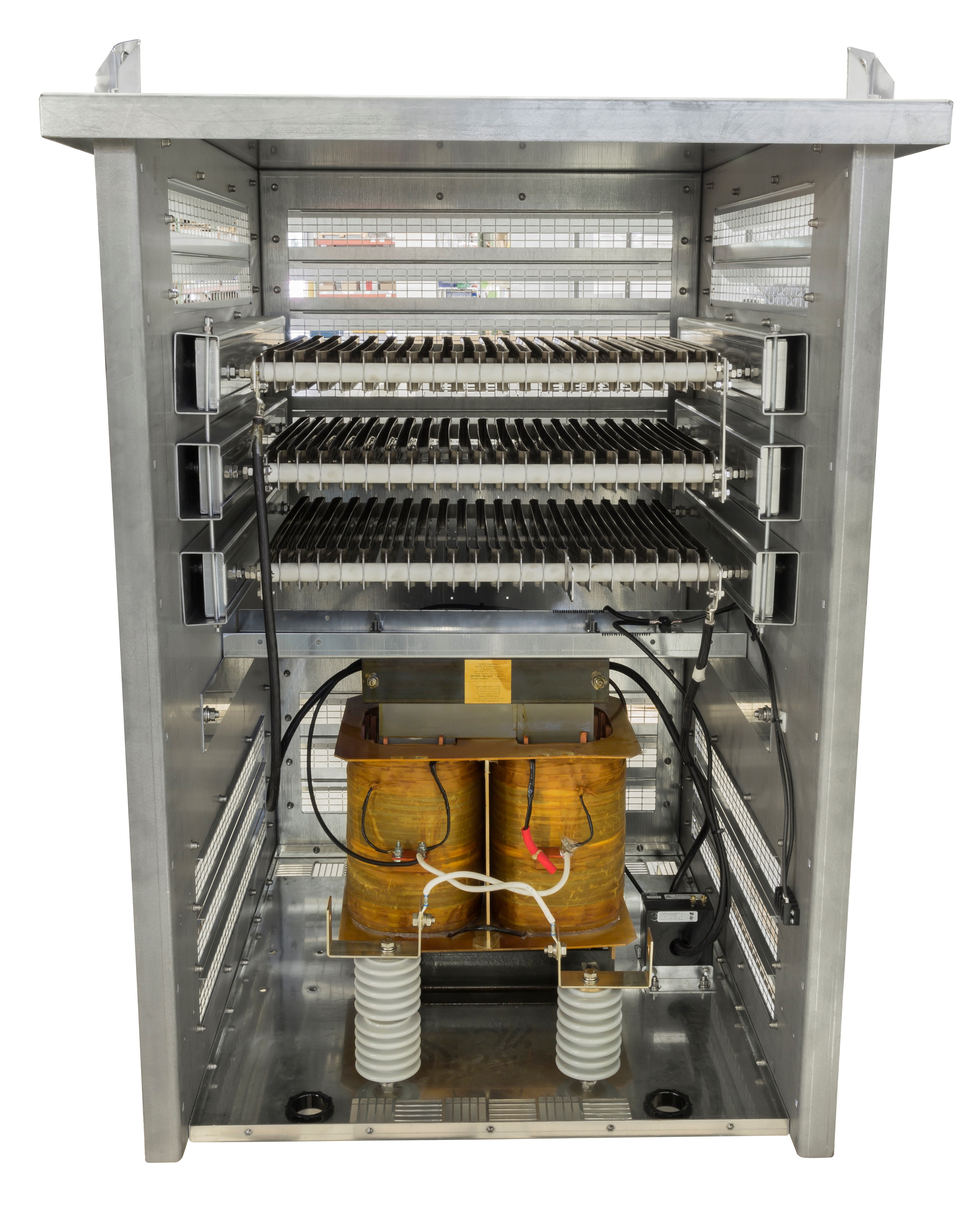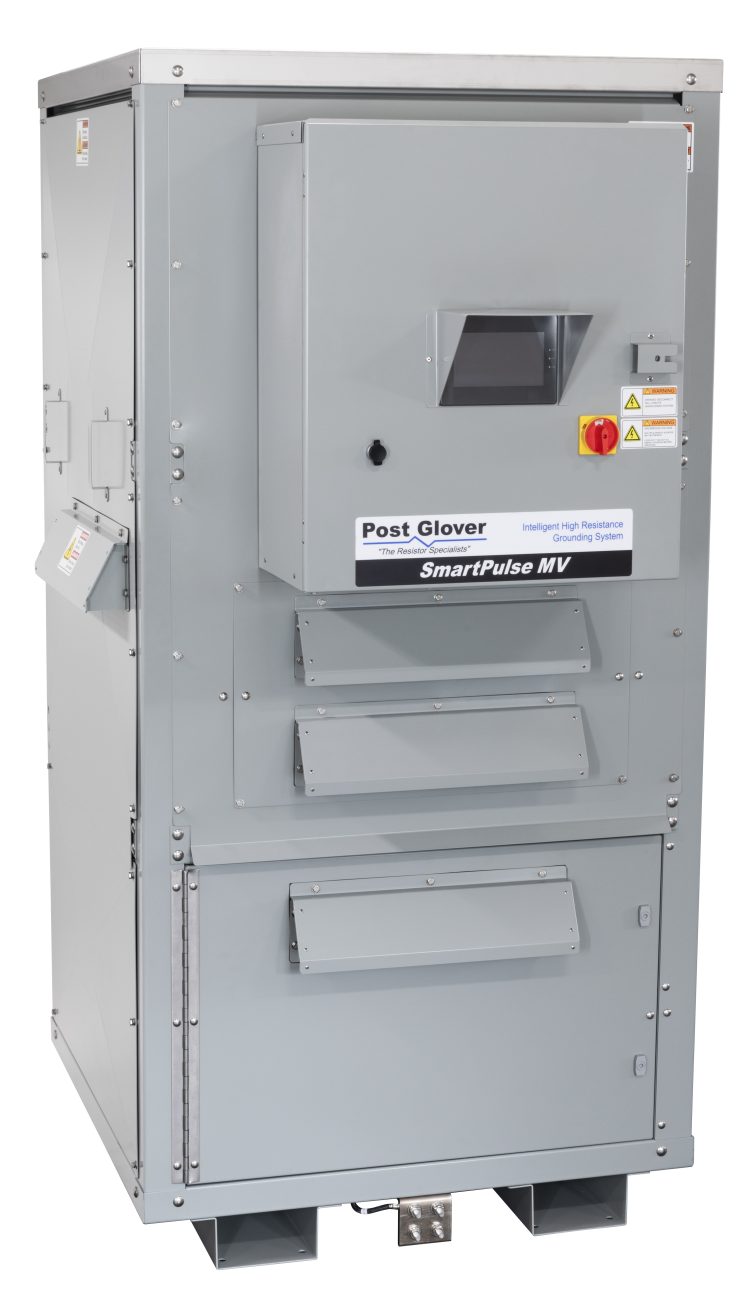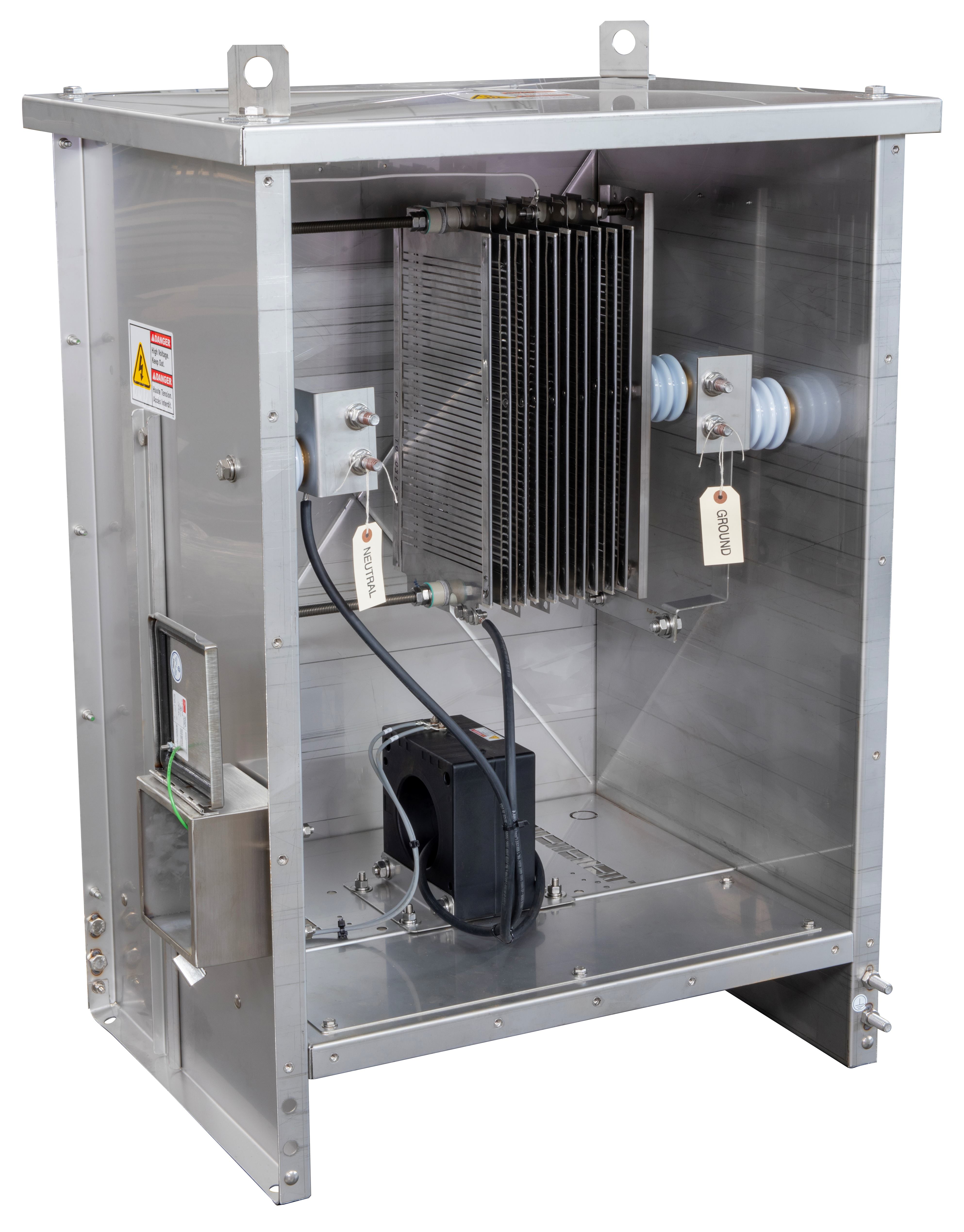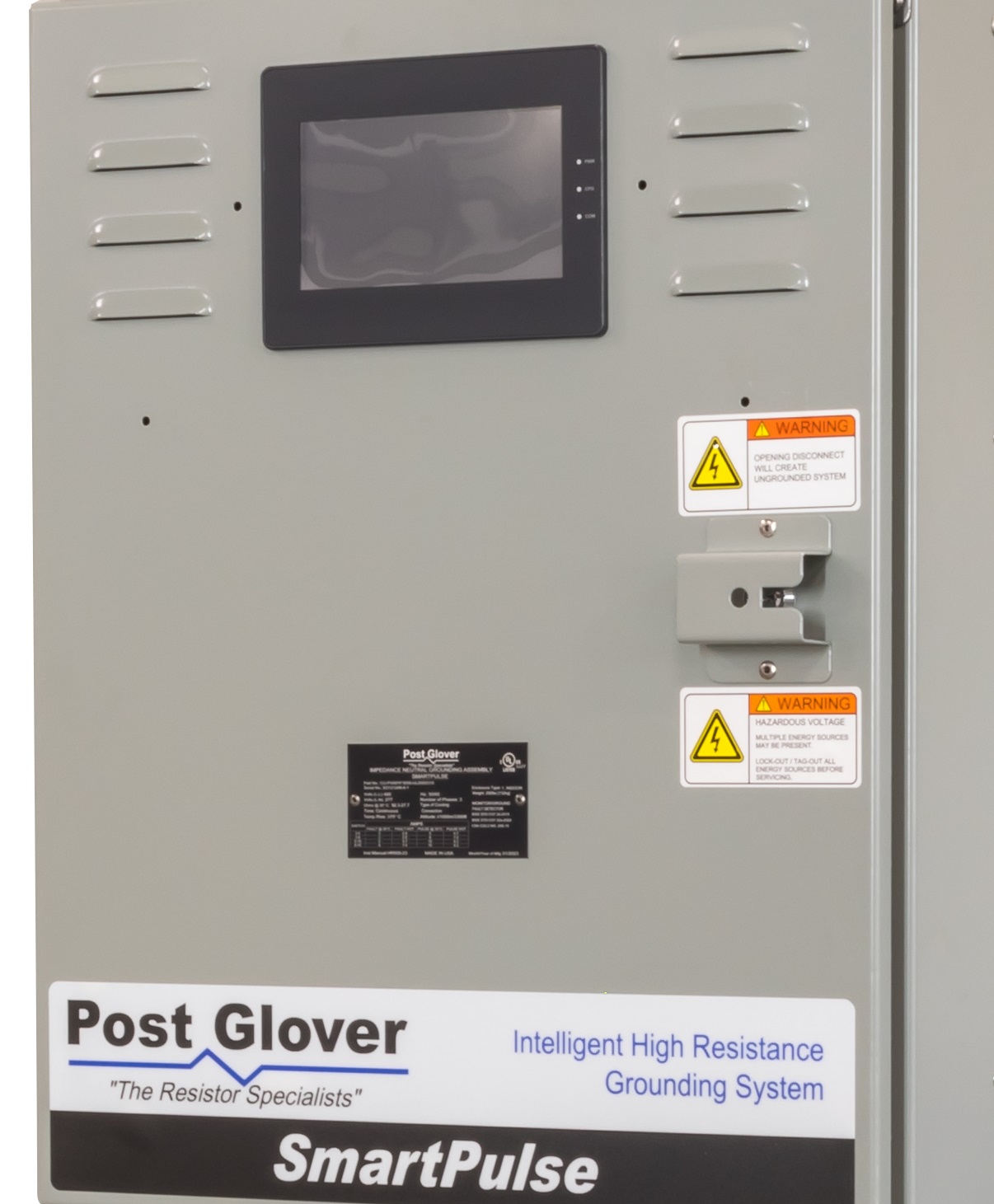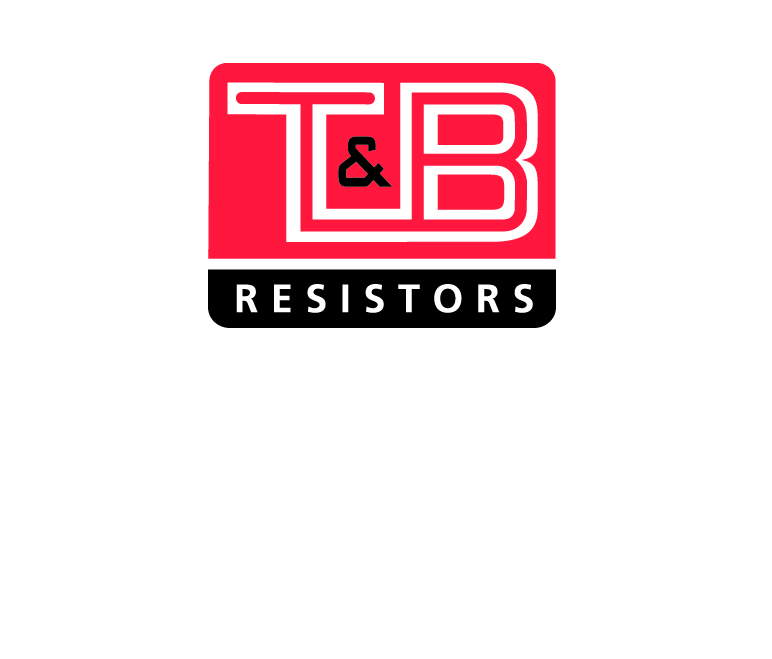Resistor Elements
Many applications are not suitable for having a grounding resistor connected directly between the transformer or generator neutral and ground. In older installations with the secondary connected in a Delta configuration the neutral is not available. There are other applications where the system voltage and desired permissible fault current would result in a resistor large enough to be cost prohibitive or difficult to place within the user’s available space.
Post Glover provides the engineering support and experience to overcome these obstacles. Neutral deriving transformers, usually a Zig-Zag transformer at 4160V and above or specifically connected voltage transformers at lower voltages, can create a neutral and provide the necessary connection point for a current limiting resistor. Utilizing similar enclosures to low resistance grounding assemblies, these installations can be connected to provide the same advantages as more straightforward LRG or HRG solutions. The zig-zag transformer presents as high resistance to balanced phase currents, but paired with a properly sized grounding resistor will limit fault current in a single phase to ground fault.
Applications requiring a non-traditional current and voltage rating can lead to oversized resistors to meet the need. Some combinations can be mitigated with a transformer connected between neutral and ground with a lower voltage resistor connected across the secondary. This can reduce the insulation level on the resistor and decrease the overall footprint and heat generation of the installation.

